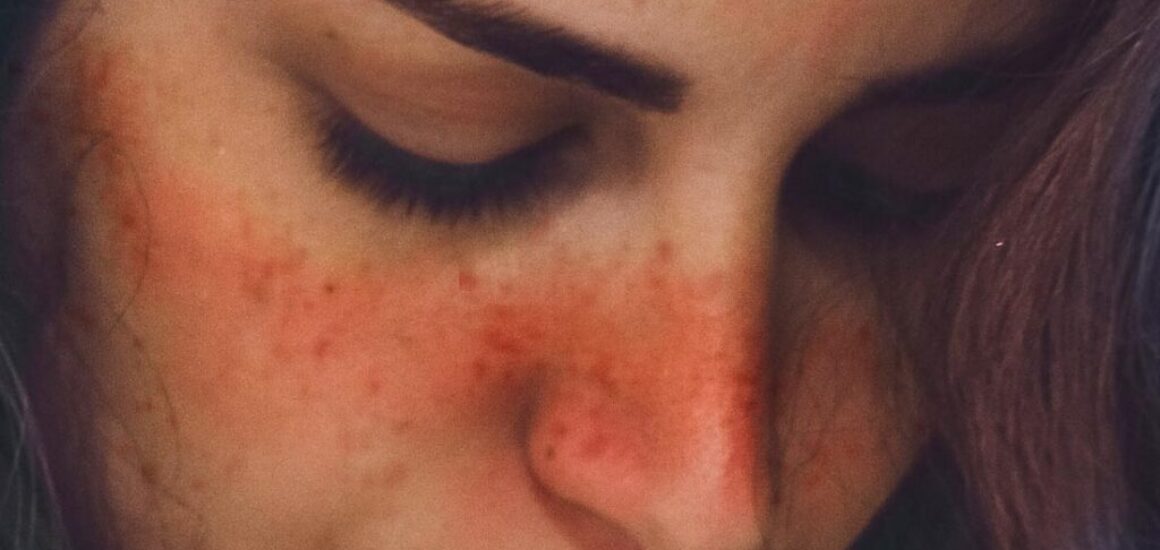Blog Skincare Tips lupus rosacea skin diseases
What Do Rosacea and Lupus Rashes Have in Common?
Many skin conditions may have the same symptoms but can be completely different from one another as far as causes and treatments go. Two of those are rosacea and lupus. They both produce a rash that affects the face and have other similarities when it comes to their causes and treatments. However, the two conditions are very much different in severity. Here’s what they both have in common:
- Common Symptoms – Both lupus rashes and rosacea have the common symptom of a rash that appears across the face that can span from cheek to cheek. The person might look flushed and red when there are flare-ups. It’s described as a “butterfly” shaped rash that affects parts of the face’s T-zone. There might also be some visible inflammation of the blood vessels on the face, with some spots that are much redder than others.
However, that’s as far as the two are similar. The rashes that occur on the face from rosacea can become rough and scaly over time and can get even redder and have bumps that are filled with pus. Plus, rosacea affects mainly the face, while lupus affects the internal organs like the heart, lungs, or kidneys. Lupus rashes also affect other parts of the body, not just the face.
- Common Causes – Both can be attributed to the body’s immune system. Rosacea is the body’s overactive response to environmental, lifestyle, and diet triggers. The same goes for lupus, but at a more complex and aggressive level. Family history, genes, and exposure to certain environments like the heat, humidity, allergens and pollutants all account for what might be causing these conditions. The exact cause of lupus is unknown, and there is on-going research to find out more and study this disease.
- Common Treatments – Rosacea and lupus rashes both need to be managed almost similarly. Since both don’t really have any current treatments for what’s causing them, doctors focus more on managing the symptoms. This involves lifestyle changes like avoiding certain environmental triggers (the sun being the biggest culprit), foods, and certain products that can promote flare-ups. Creams like retinoids and anti-inflammatory medication are used for both conditions. However, those who have lupus may have to take more medications and undergo more types of treatments, depending on the severity of the disease.
So is it rosacea or a lupus rash? The only sure way to find out is to go to the dermatologist. They specialize and are trained in detecting and diagnosing an entire spectrum of skin conditions and they will be able to provide a solid treatment plan.




